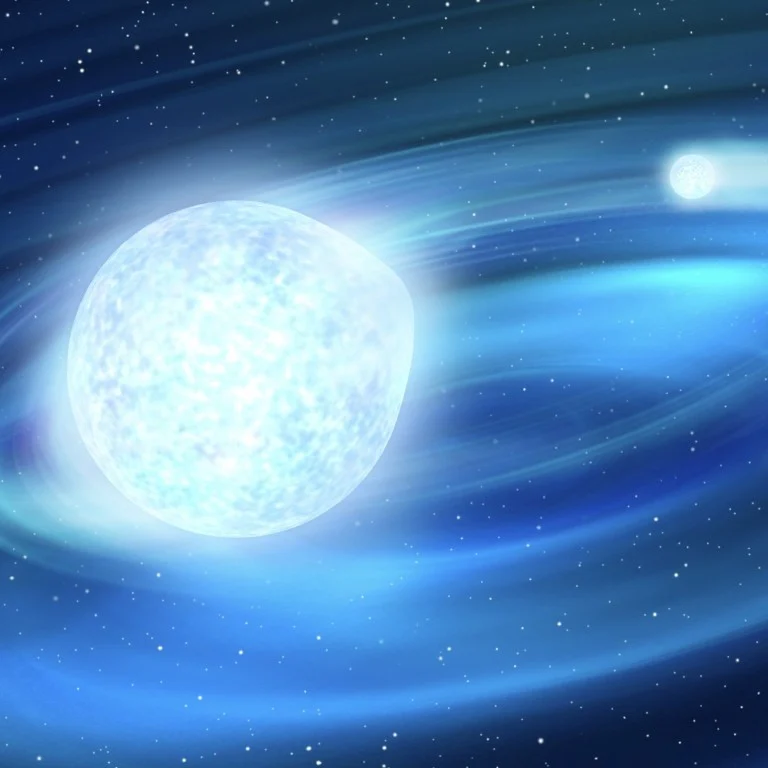A team of astronomers led by researchers from Tsinghua University in China has identified the smallest star ever observed.
In a groundbreaking discovery, a team of astronomers led by researchers from Tsinghua University in China has identified the smallest star ever observed. This remarkable find, published recently in the journal Nature Astronomy, sheds new light on the diversity of celestial bodies in our universe.
The diminutive star, known as TMTS J0526B, is a hot subdwarf merely seven times the size of Earth, smaller even than Saturn. Collaborating with astronomers from Yunnan Observatories, as well as partners from Australia, Europe, and the US, the Chinese-led team made this extraordinary observation using the Tsinghua University-Ma Huateng Telescope for Survey (TMTS).
Situated approximately 2,760 light years away from Earth, this tiny star and its companion, a larger white dwarf named J0526A, form an exotic binary system. Despite J0526A being too faint to be directly observed, its presence is inferred due to its gravitational influence, causing J0526B to exhibit an elliptical, egg-shaped structure.
The research team, leveraging the capabilities of the TMTS, which comprises four optical telescopes, meticulously sifted through vast swathes of the night sky, capturing photometric data on over 27 million stars. Among these, TMTS J0526 stood out due to its rapid fluctuations in brightness.
Verification of their findings involved collaboration with larger telescopes such as the Keck-I telescope in Hawaii and the Gran Telescopio Canarias in Spain’s Canary Islands, confirming the existence of this extraordinary binary system.
This discovery not only provides direct observational evidence of a previously theoretical phenomenon but also bolsters a hypothesis proposed by Chinese astronomers two decades ago. The theory suggests that within binary systems, mass exchange could give rise to ultra-small, ultralight stars like TMTS J0526B.
Looking ahead, the researchers anticipate that forthcoming space-based gravitational wave detectors, under development in Europe and China, will further illuminate the dynamics of this exotic binary system. The system’s orbital mechanics could generate detectable gravitational waves at millihertz frequencies.
Traditionally, red dwarfs were considered the smallest stars. However, TMTS J0526B challenges this notion, underscoring the remarkable diversity of stellar bodies within the cosmos. With each new discovery, our understanding of the universe expands, unveiling its intricacies and mysteries.
